Buying a TV has become even more complicated this year. TVs with LCD, QLED, Mini-LED, OLED and, most recently, QD-OLED technologies are available. At the beginning of the year, Samsung introduced the aforementioned QD-OLED display technology (first introduced by the Samsung S95B TV), which it claims is in many ways better than the WRGB OLED technology used by its competitor LG's TVs. But is that really the case?
You could be interested in
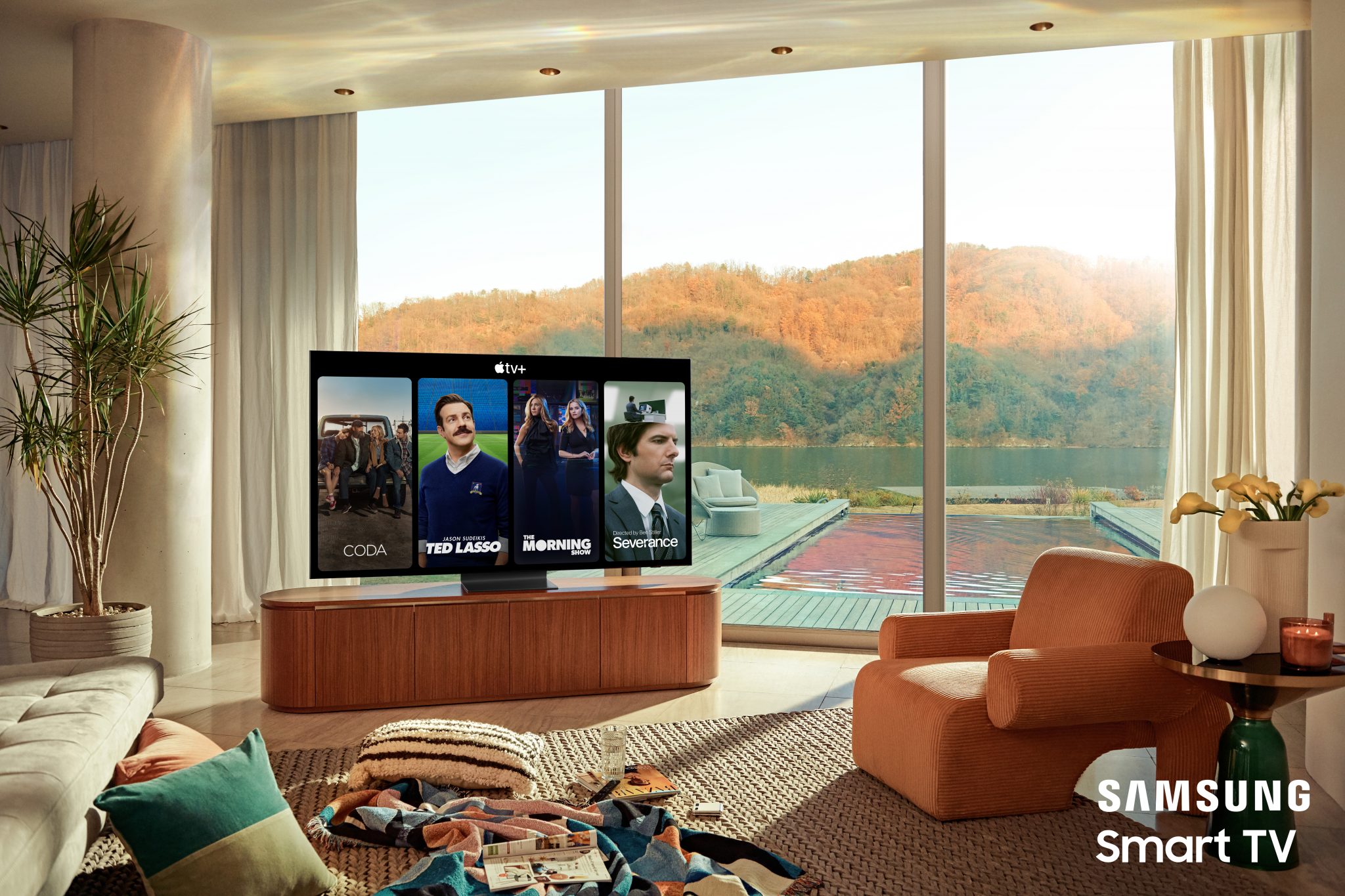
QD-OLED is a form of self-emission display, similar to the Super AMOLED display found in smartphones and tablets Galaxy. This means that each pixel in a QD-OLED panel can light up by itself and create its own color. In addition, it contains nanocrystals of quantum dots, which are known for better brightness properties, deeper colors and a wider color palette.
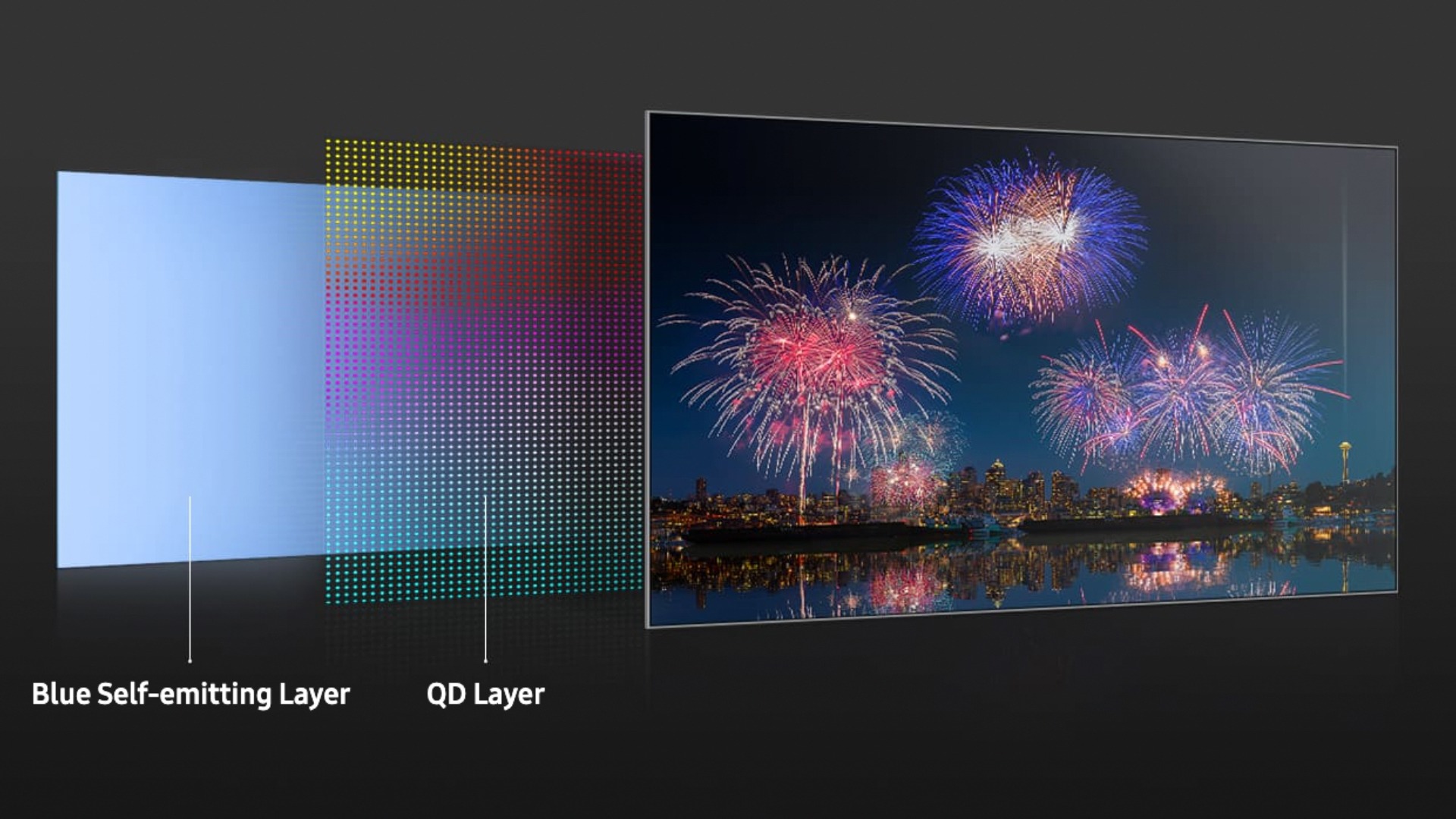
A WRGB OLED display uses a white backlight that passes through white, red, green, and blue color filters to produce the respective colors. There is also a white subpixel. Some of the light (brightness) is lost as it passes through the color filters, resulting in lower brightness. In addition, the white backlight is not very accurate, so the colors it creates are not completely pure and full.
The organic material used in OLED screens can degrade more quickly when exposed to long-term high levels of brightness. So LG has to be careful how long it can maintain high brightness levels, especially with HDR content. OLED TVs therefore usually dim after a few minutes.
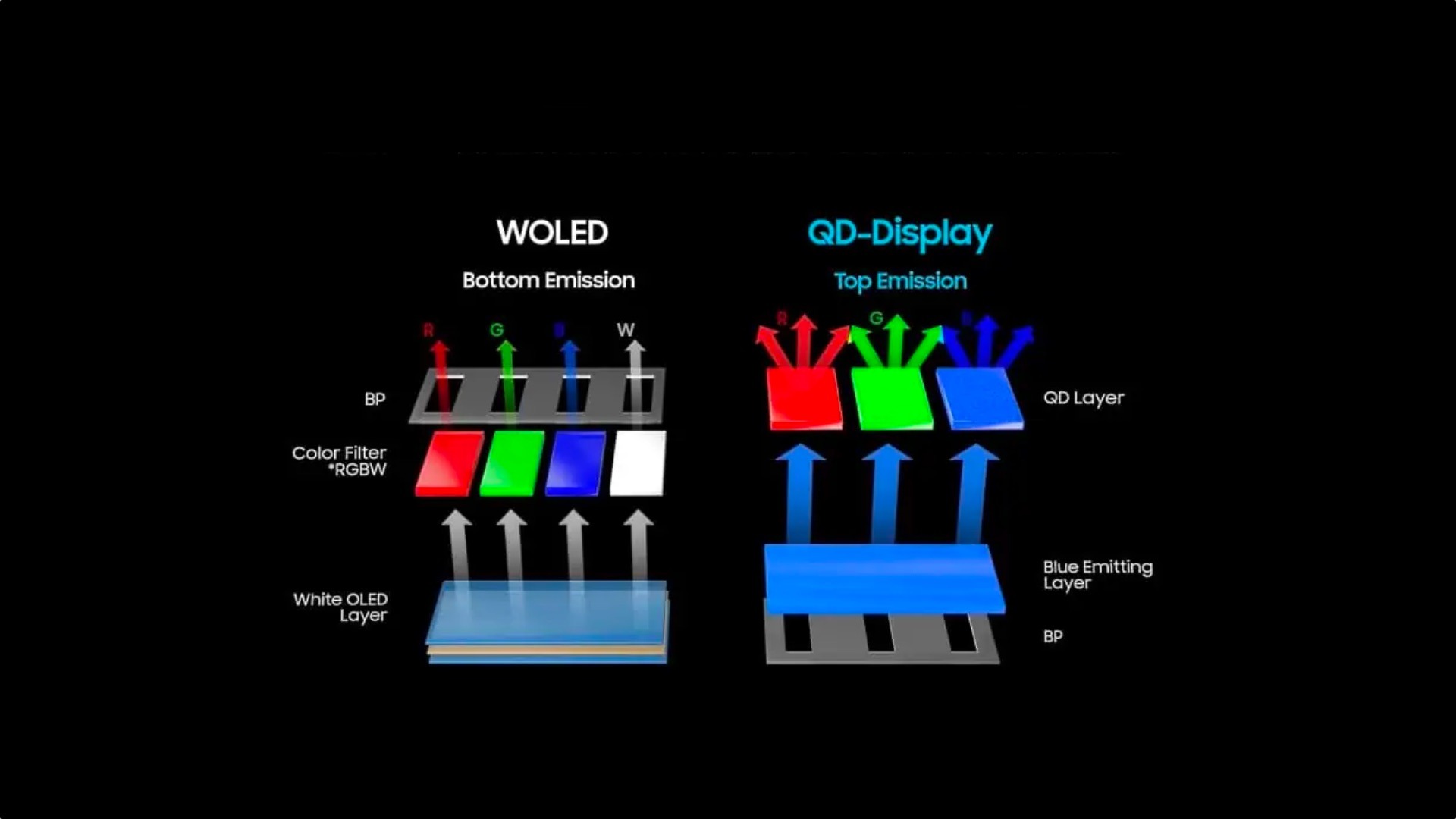
QD-OLED technology, in contrast, uses a pure blue backlight that passes through the quantum dots to produce red, green, and blue colors. Quantum dots absorb energy from any light source, creating pure mono-frequency light. The size of the quantum dots determines what color nanoparticles they produce. For example, those with a size of 2 nm emit blue light, while those with a size of 3 and 7 nm can emit green and red light. Because they produce pure mono-frequency light, the color reproduction of a QD-OLED panel is better than that of an OLED screen.
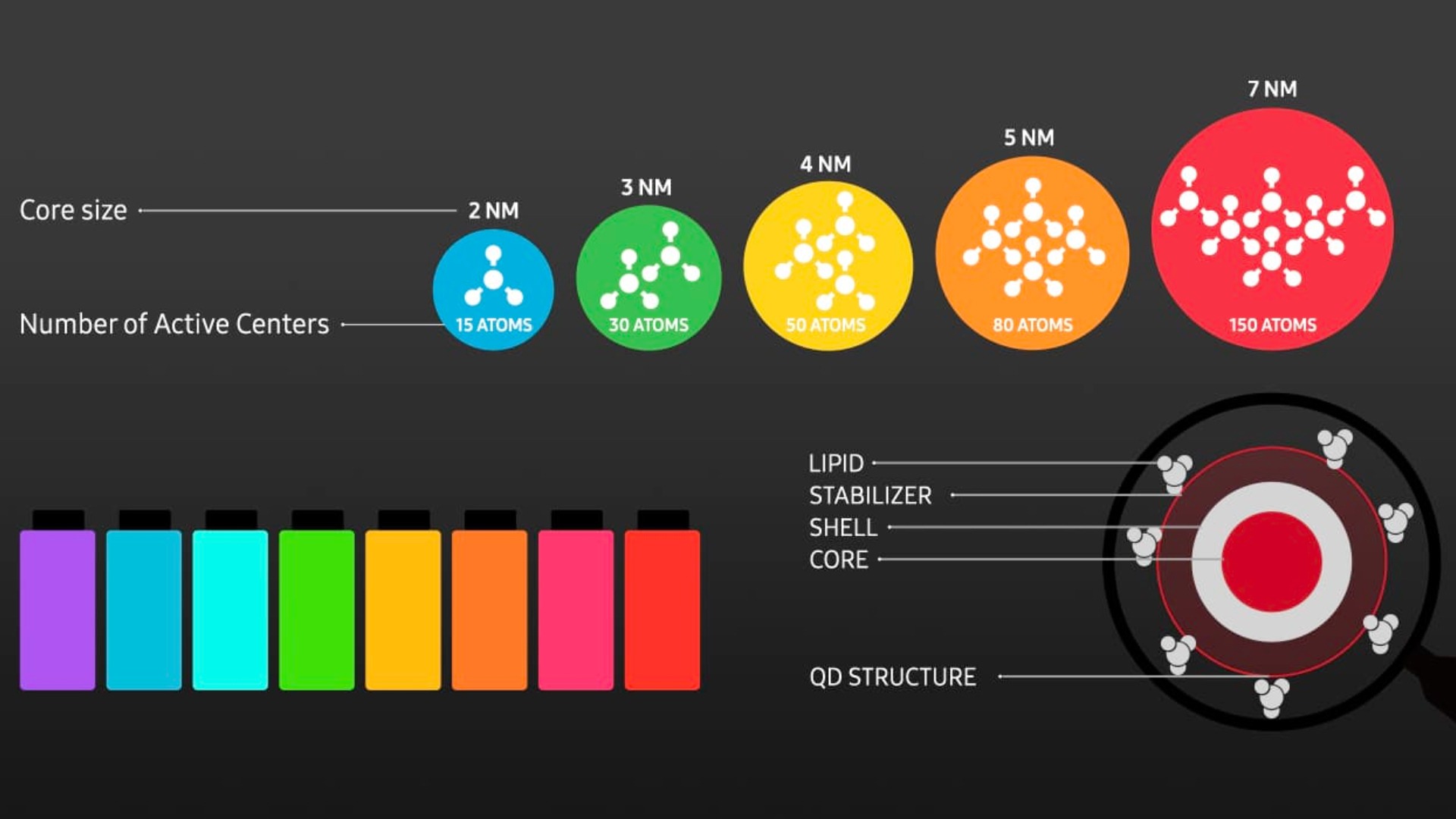
Since backlight loss is minimal with QD-OLED panels, they get the most out of it and are usually brighter than WRGB OLED screens. In addition, they offer deeper colors, slightly wider viewing angles and are less prone to pixel burn-in. QD-OLED is actually the first OLED technology that fully meets the Ultra HD Premium high brightness and contrast specification set by the UHD Alliance.
With QD-OLED technology, Samsung brought a tangible innovation to the OLED TV segment. Now we just have to wait for QD-OLED TVs to drop in price to the level of their OLED counterparts, which shouldn't take more than a few years.
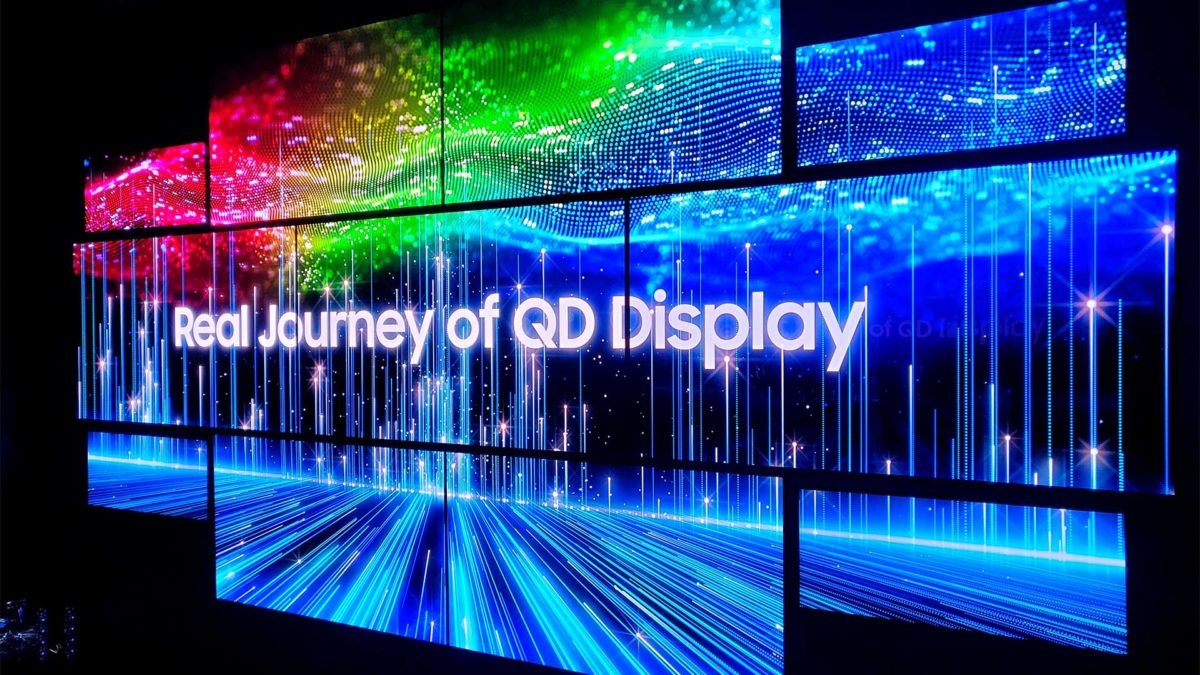
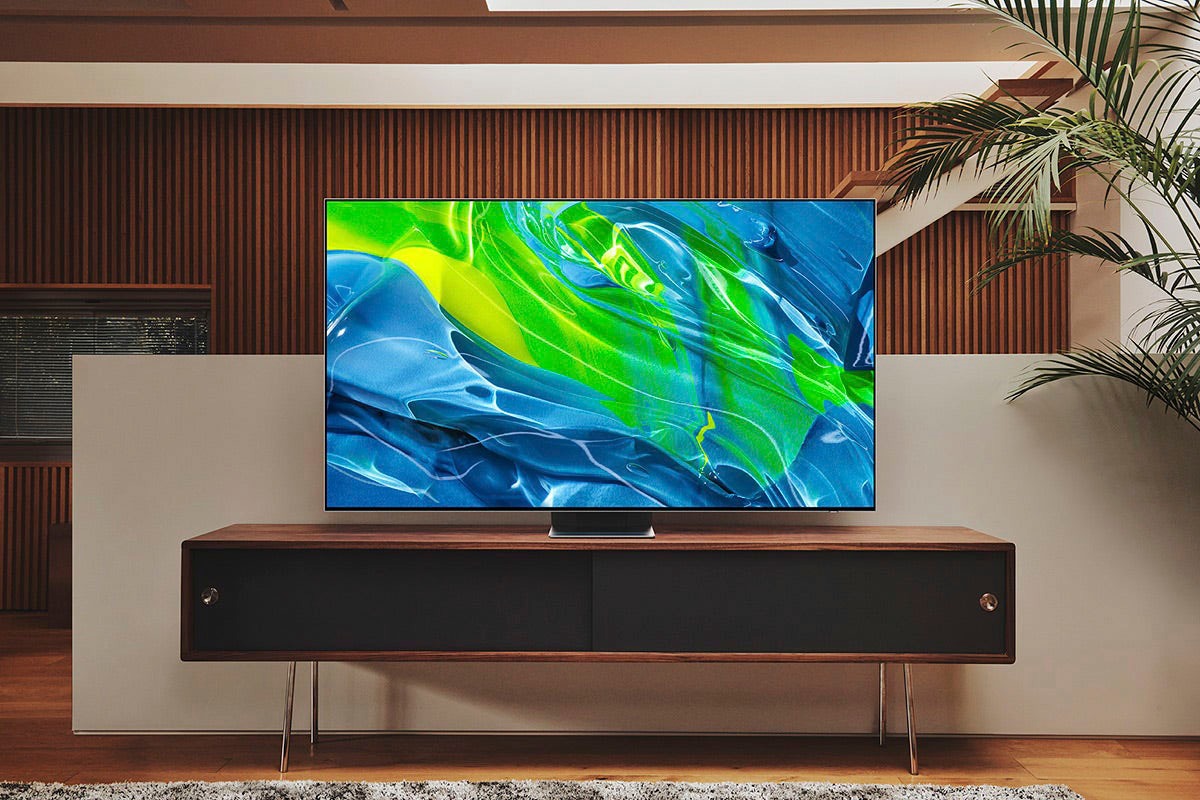
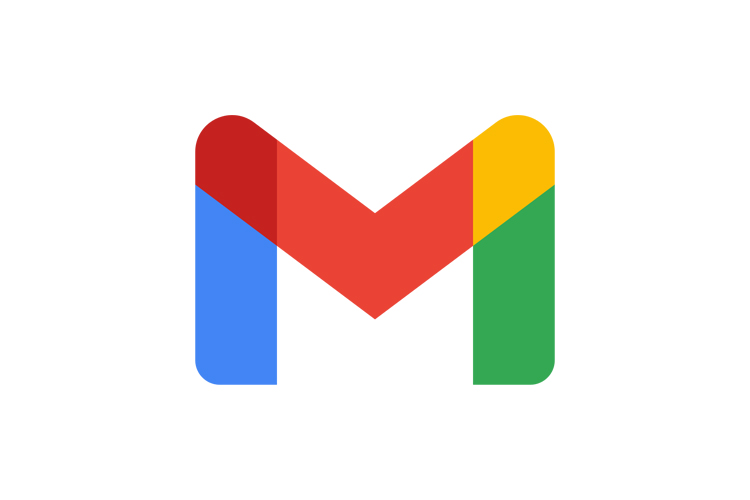
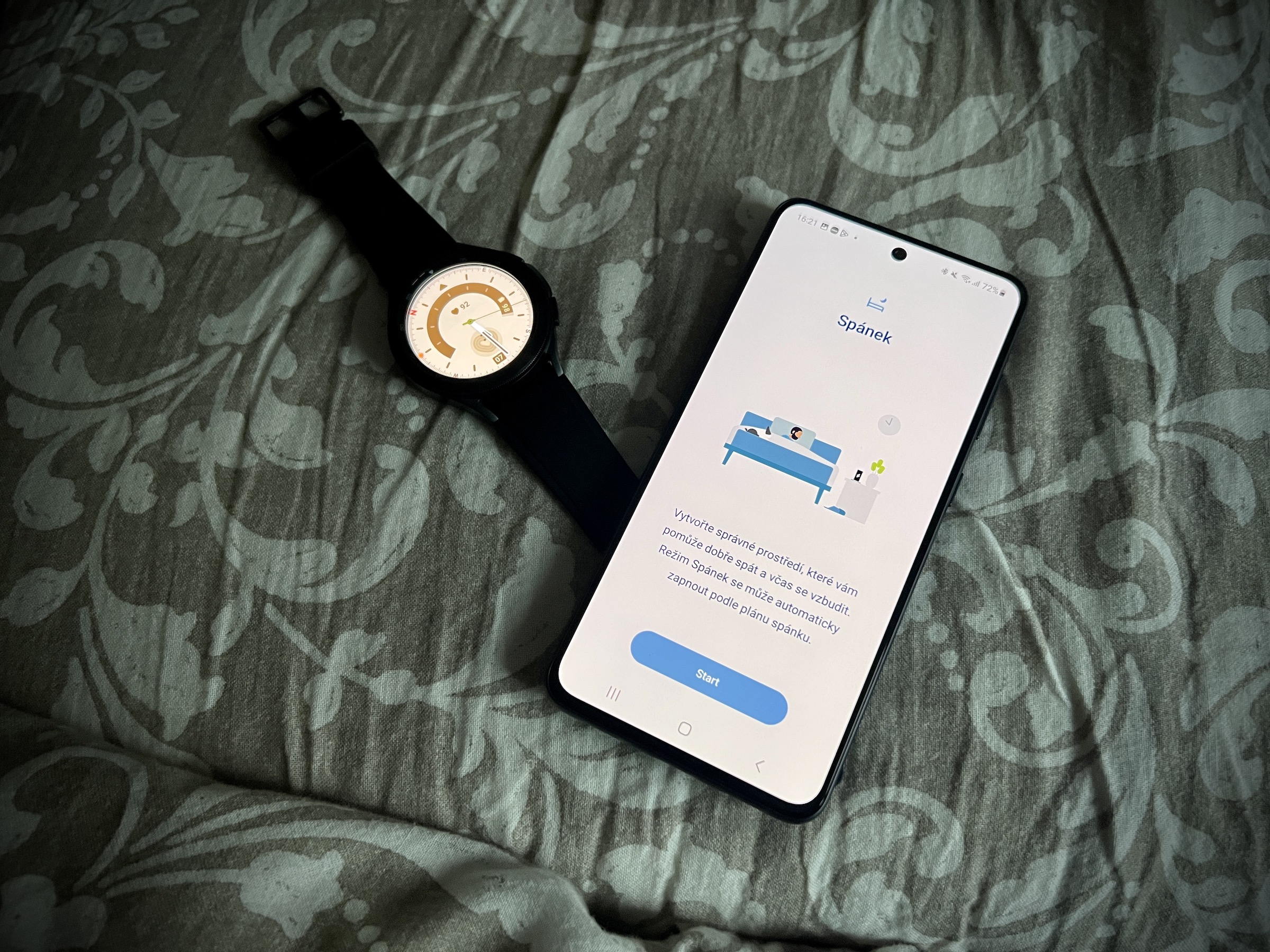
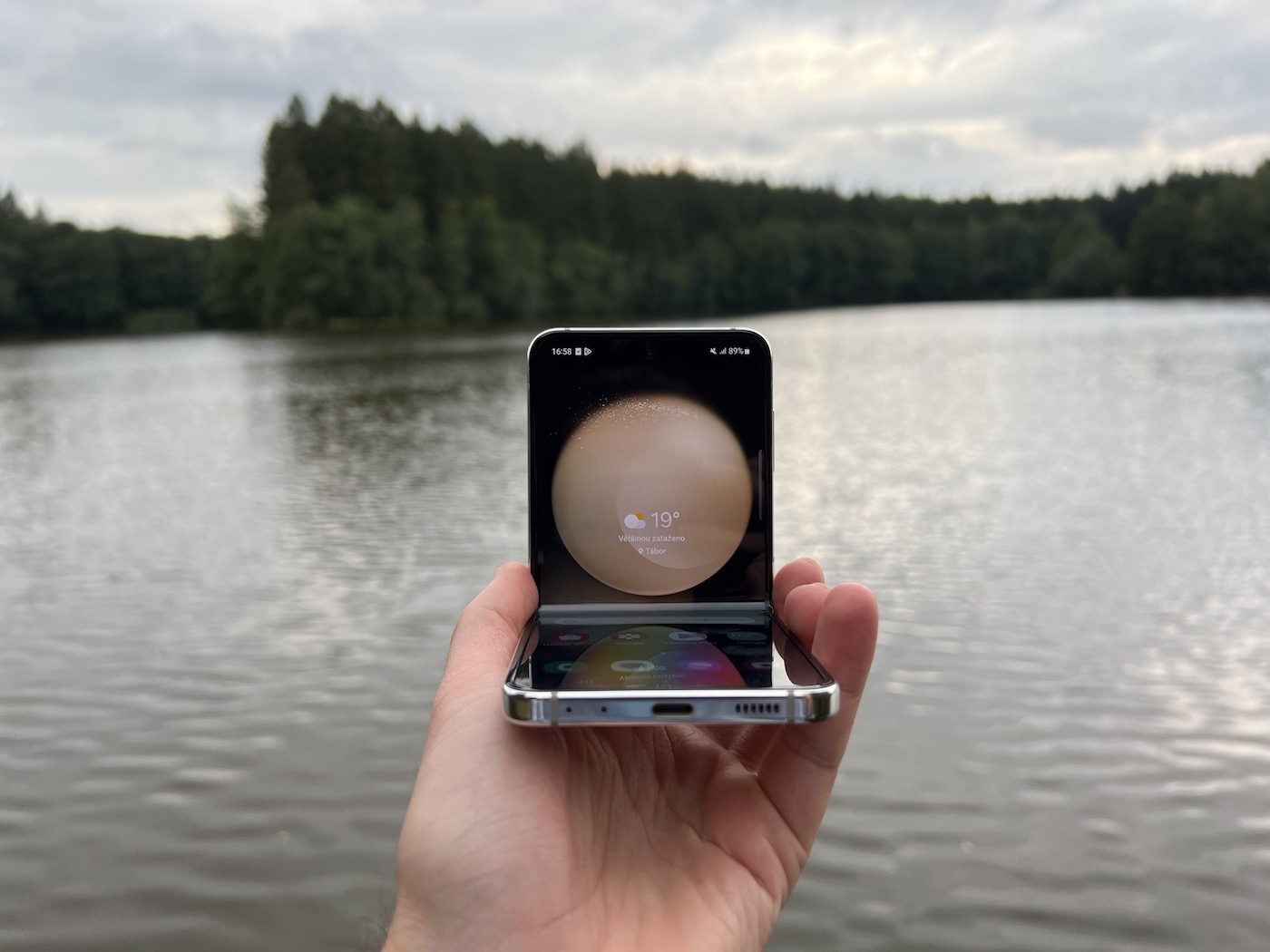
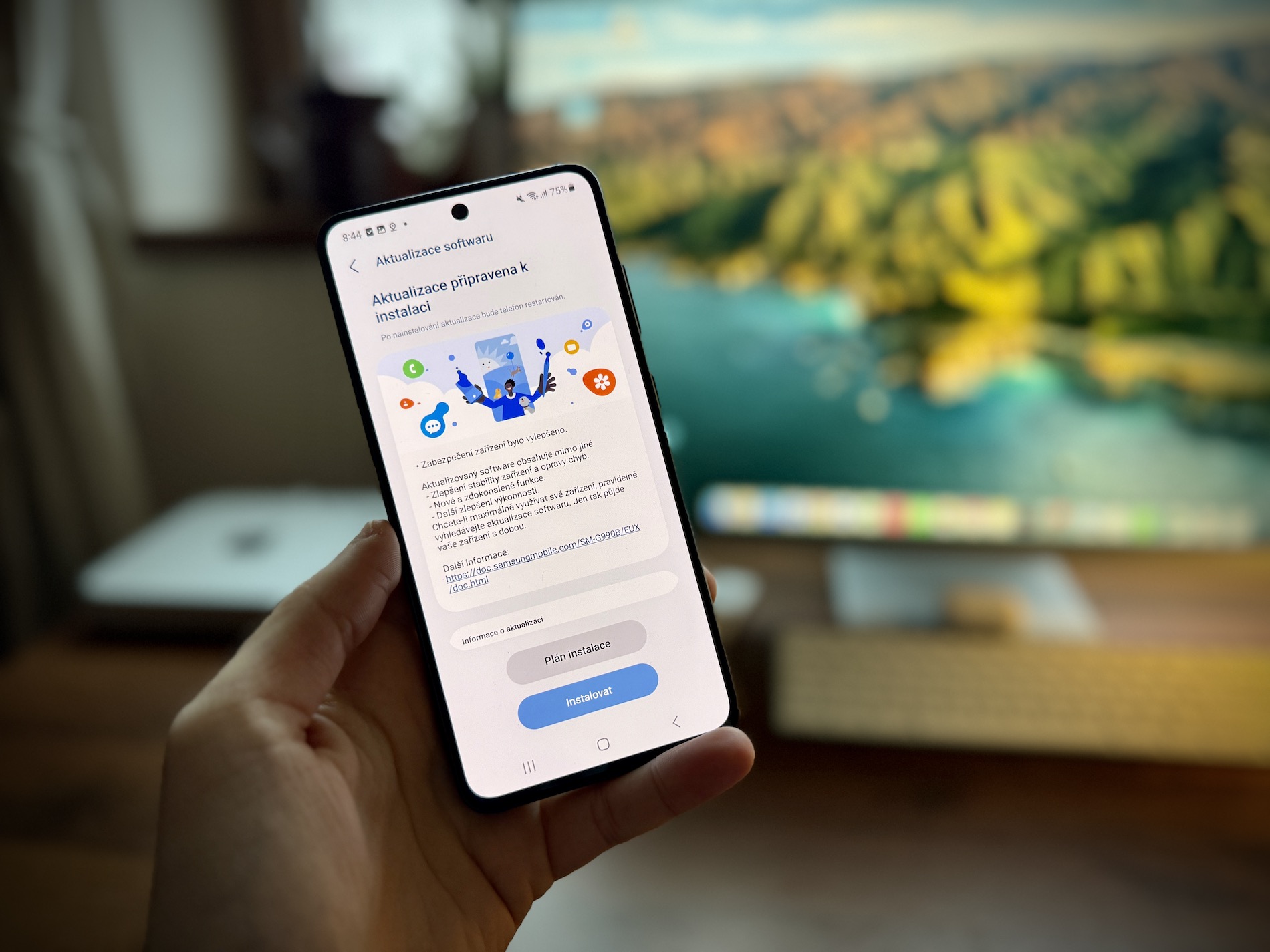
And LG has WOLED again… 🙂